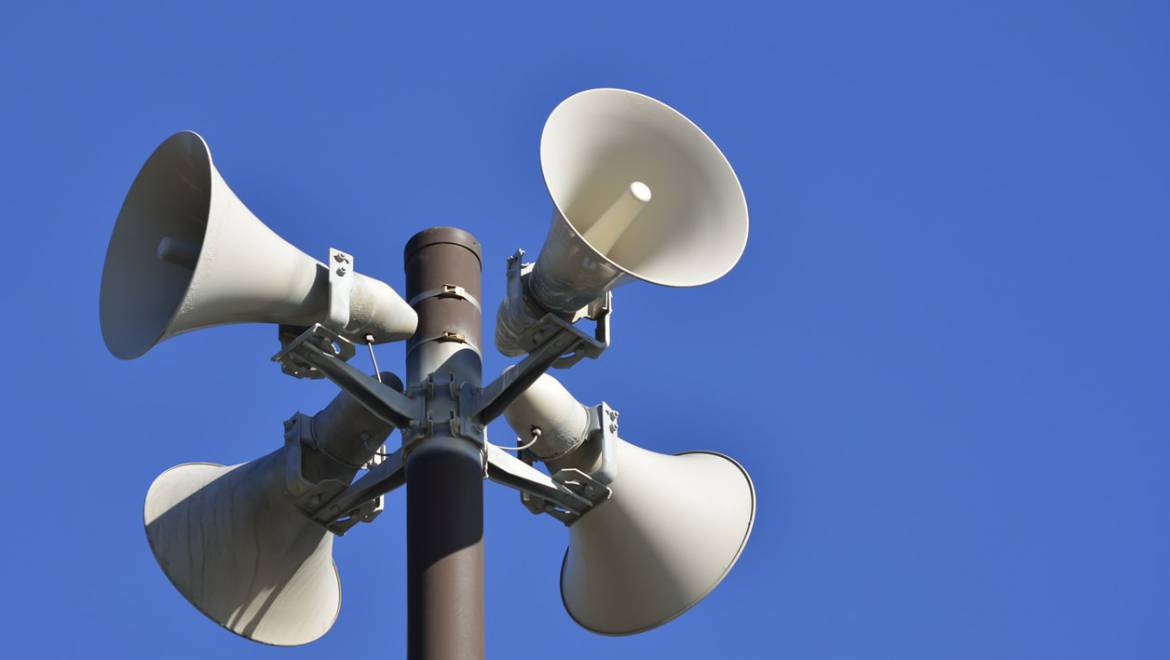When the serene soundscape of our community is pierced by the wail of tornado sirens, it’s a stark reminder of nature’s formidable power. Tornadoes, often unpredictable and swift, pose significant threats to life and property. In such moments, knowing how to respond swiftly and decisively can make a crucial difference. Understanding tornado sirens and the associated safety protocols is paramount to ensuring the well-being of individuals and communities.
Don’t be alarmed if you hear tornado sirens today, as there will be tests occurring throughout the state March 20th at 1:00PM. However, Macomb County will not be testing/sounding alarms today, as they are tested monthly all year long.
What Are Tornado Sirens?
Tornado sirens, also known as tornado warning sirens or civil defense sirens, are loud, high-pitched devices used to alert communities of impending tornadoes or severe weather conditions. Typically mounted on large poles or rooftops, these sirens emit a distinct sound designed to grab attention and prompt immediate action.
What Do Tornado Sirens Signify?
The activation of tornado sirens indicates that a tornado warning has been issued for the area. Tornado warnings are issued by meteorological agencies, such as the National Weather Service (NWS), when radar data or reliable spotters confirm the presence of a tornado or conditions conducive to tornado formation. It’s important to note that tornado sirens are not meant to be heard indoors; instead, they serve as an outdoor warning system.
What to Do When Tornado Sirens Sound
- Take Immediate Shelter: Upon hearing tornado sirens, seek shelter immediately. If you’re indoors, move to the lowest level of the building, preferably a basement or storm cellar. If there is no basement, seek shelter in an interior room or hallway on the lowest floor, away from windows.
- Stay Informed: Tune in to local weather broadcasts or use weather alert apps to stay updated on the situation. The National Oceanic and Atmospheric Administration (NOAA) Weather Radio also provides continuous broadcasts of weather information, including tornado warnings.
- Have a Plan: Develop a tornado emergency plan for your household or workplace. Ensure that everyone knows where to go and what to do in the event of a tornado. Conduct regular drills to practice these procedures.
- Stay Put: Once you’re in a safe location, stay there until the tornado warning has expired or you receive an official “all clear” notification from local authorities. Avoid going outside to check the weather or watch for tornadoes, as this can put you at risk.
- Protect Yourself: If you’re caught outdoors and unable to reach shelter, seek low-lying ground away from vehicles, trees, and other potential hazards. Lie flat in a ditch or depression and cover your head with your hands for protection.
- Assist Others: Check on neighbors, especially those who may need assistance, such as elderly individuals or people with disabilities. Offer help if it’s safe to do so, but prioritize your own safety.
Tornado sirens serve as vital warning systems, signaling the imminent danger posed by tornadoes. Understanding their significance and knowing how to respond promptly and appropriately can help save lives and minimize the impact of these destructive natural phenomena. By taking proactive measures, staying informed, and having a clear plan of action, individuals and communities can better protect themselves against the ravages of tornadoes. Remember, when tornado sirens sound, it’s time to take shelter and stay safe.

